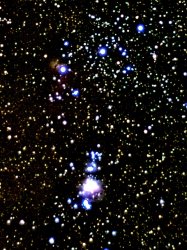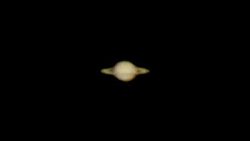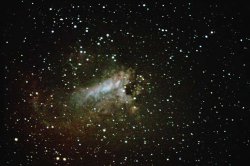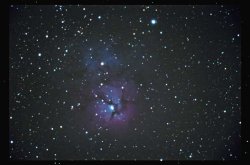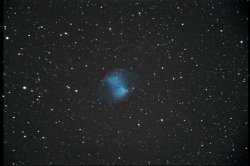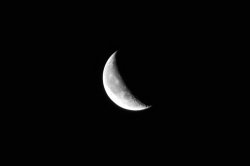Awesome work, mtbdude. You've inspired me to give this a shot soon (work is crazy right now). I really love the startrails.
Have you found a workflow that is OS X-only or are Windows apps still needed? I don't really want to shell out for a copy of Windows.
I gave up trying to find MacOSX stuff for stacking , like Deep Sky Stacker, or making Star Trails...........and in the astro forums every 2-3 months I see that Q asked.
But, with Mac's at 10% market share and rising maybe just maybe the authors of those WinTel programs will port them over.
For now, its a pain; I have to import from SD card to aperture, (for organization), I add keywords in aperture to organize the shots (lights/darks/flats/etc), export as TIFF into organized folders, then start up VMFusion, under windows access those folders, copy those to my WinXP desktop (can't access them correctly if tried to do across the OS's), run the WinTel programs, save to the MacOS desktop, import into Aperture....and upload to web hosting site.
whew, I got tired typing all the "excess" workflow.



